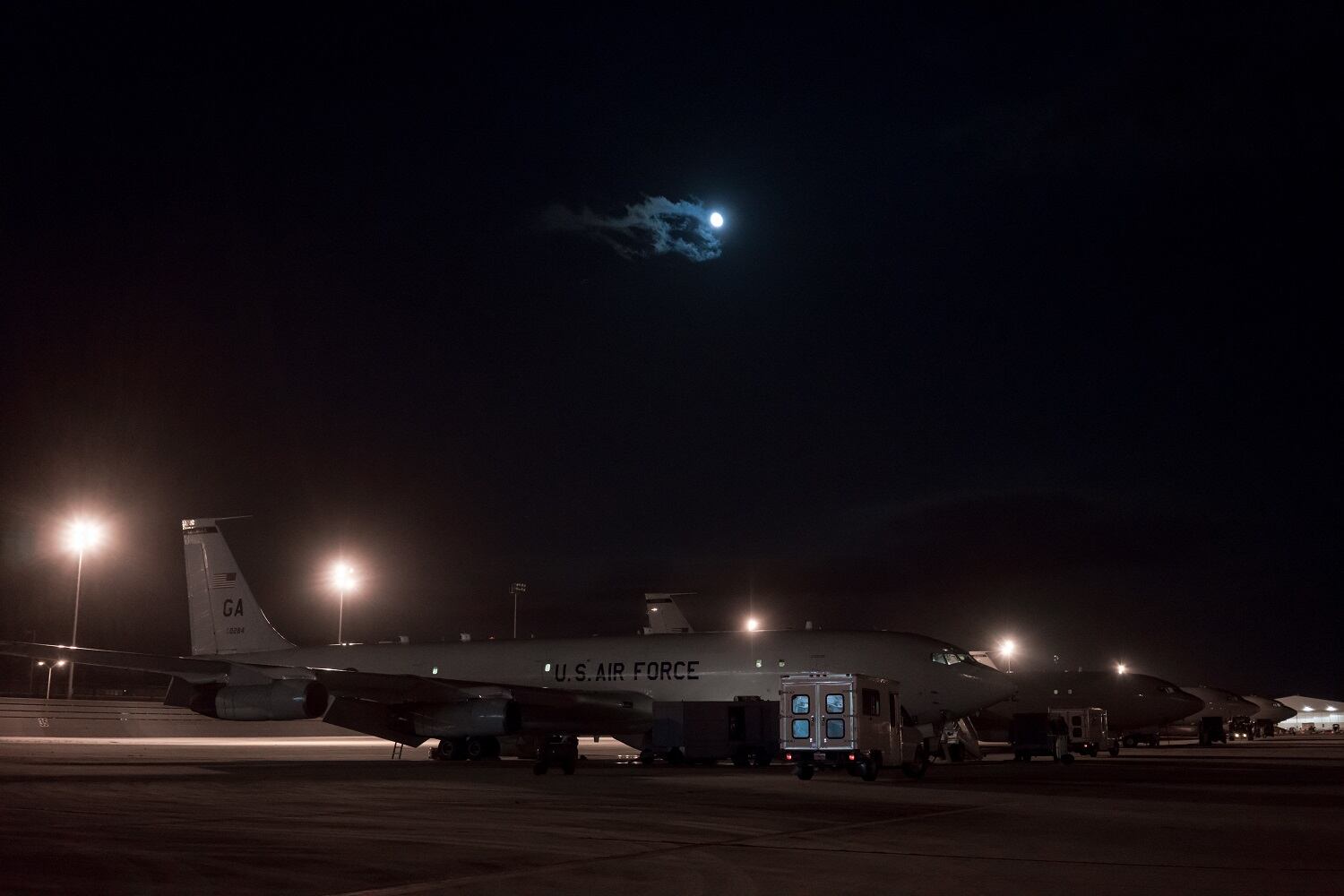WASHINGTON — The U.S. Air Force has found an architect to run its uber-complicated Advanced Battle Management System program, which will replace JSTARS ground surveillance planes with a network of existing and new air- and space-based sensors.
Will Roper, the service’s top acquisition official, isn’t willing to reveal who will come onboard in March to oversee the program. But he believes the program will be able to sprint forward after the new official begins work, he told reporters during a Feb. 6 roundtable.
RELATED

"I hope that I will be able to tell you into the summer that we've kicked off some detailed analyses and prototyping efforts and that we've pulled in technology from places like our research labs and [the Defense Advanced Research Projects Agency], pulled out all the stops to make this work,” he said.
About a year ago, the Air Force announced its plans to cancel its JSTARS replacement program and pursue a system-of-systems approach it called Advanced Battle Management System or ABMS.
The near-term version of the concept revolved around sustaining the current E-8C Joint Surveillance Target Attack Radar System planes and upgrading existing platforms like the MQ-9 Reaper and E-3 AWACS early warning aircraft with tech that would increase its interoperability. Later increments of the effort, which have been briefed to Congress, could involve classified or still-emerging technologies, but the Air Force has not fully defined the final system.
Roper thinks ABMS will involve space-based tech; traditional air-based sensors like those on the legacy JSTARS, AWACS and Reaper; attritable systems — low cost, disposable drones could fit this description — and communications links between those systems.
In the early stages of the program, the Air Force will likely conduct four separate prototyping efforts to see how quickly industry can mature emerging technologies, he said. The architect won’t be in charge of leading any one of those efforts. Instead, he or she will ensure that all requirements are being met, making certain that if — for instance — an air-based system becomes too expensive or challenging to continue developing, other technologies can fill the gap.
"The thing that we don't know is what can the industry base do in each one of those areas. Can we really do in space, or not so well? Can we do really well in the air, or not so well?” Roper said.
"Maybe the right solution is heavy space, light air. Maybe it's heavy air, light space, but we need someone between the program and the mission or else we'll have to prematurely pick where we are in that tradespace without a lot of information to back it up."
Traditionally, military weapons programs are managed by a single program executive, but ABMS could involve many existing programs and program managers.
The Air Force sees the ABMS architect as key to avoid creating one massive acquisition effort out of disparate programs like Reaper or the legacy JSTARS fleet. If the model is successful, Roper believes it could be used as a basis for managing similar programs in the future.
However, progress hasn’t exactly been rapid.
Over the past year, the Air Force has started an analysis of alternatives and brokered some agreements with research laboratories to kick start the development of key technologies.
“This has been a slower start than I would like,” Roper acknowledged. “We’re going to have to speed up after we get our architect on board.”
Valerie Insinna is Defense News' air warfare reporter. She previously worked the Navy/congressional beats for Defense Daily, which followed almost three years as a staff writer for National Defense Magazine. Prior to that, she worked as an editorial assistant for the Tokyo Shimbun’s Washington bureau.






